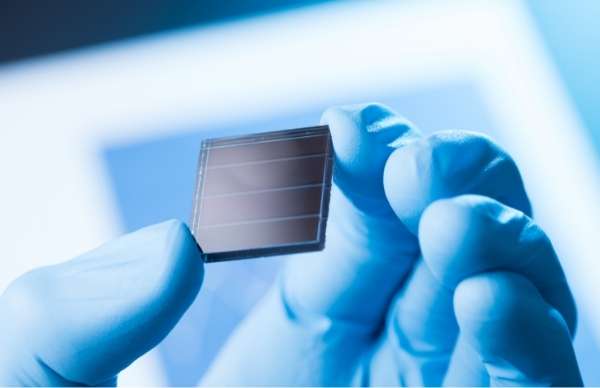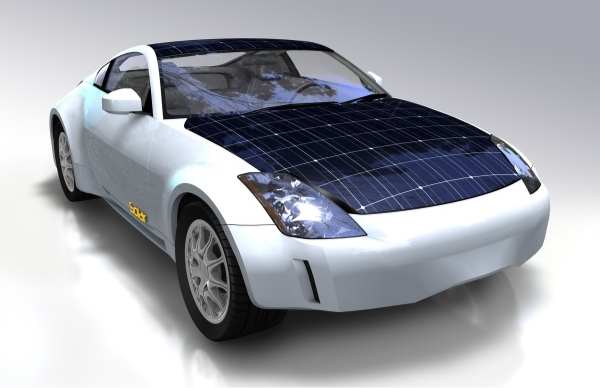
A few years ago, if you wanted to install a solar panel system on your home you had to have a large, unsightly box on the roof with all the wiring and equipment hanging out.
Even the most professionally installed panels with the best equipment still just didn’t look that great…it was always glaringly obvious that there were large plates of metal and glass attached to the roof. But today, with emerging solar technologies like Building Integrated photovoltaic (BIPV,) customers are able to more aesthetically integrate them into your roofline and even hide them completely.
BIPV panels are designed to be incorporated into the building itself, so they are not visible from the outside. This has many advantages both aesthetically and functionally.
What Are Building Integrated Photovoltaics (BIPV)?
In general, Building Integrated Photovoltaic (BIPV) incorporates solar cells into building materials, like skylights, window glazing, and roof tiles. They are meant to be an inconspicuous option for customers to have solar technology while keeping the design aesthetic more pleasing.
BIPV systems have the same aesthetic and structural function as regular construction components while at the same time harvesting energy from the sun. There are many different types of BIPV, but all share the common goal of being hidden and efficient.
A few examples of how BIPV technology is being integrated are:
- Architectural Glass
- Solar Roof Tiles
Architectural Glass

One example is an architectural glass with a solar cell embedded in it. The cell is transparent so you can see through the glass-like any other window, but it also harvests energy from the sun.
This type of BIPV is great for commercial buildings that want to take advantage of natural light while also generating solar power.
Solar Roof Tile
Another example of a common BIPV product is the roof tile. Solar tiles look just like regular tiles, but they have solar cells embedded in them and can be used on any style of home including Spanish, colonial, and modern.
Tesla is likely the biggest name in solar tile technology right now with their aptly named “solar roof,” but other companies are also emerging in this market.
Overall, BIPV technology has become more popular because people are looking to take advantage of solar power without the appearance of large, blocky panels. However, there is a downside to this new technology that you should be aware of before installing it in your home.
While they may look better on your home and save you money in the long run, they do cost more upfront. This is because of all the innovation that goes into hiding solar technology within other products. Are they worth it? That depends on how important aesthetics are to you and what kind of style you want for your house.
If BIPV seems a little out of reach, this article goes over how to keep solar panels on your roof hidden.
Can BIPV Technology Be Used In Cars?
BIPV can be used in cars and it is already being integrated into many models such as BMW, which has a line of cars with a built-in solar roof. Currently, the most common way BIPV is being incorporated in cars is through sunroofs, but other ways are being tested.
This type of technology allows automakers to use the car’s exterior as a solar panel while also providing protection from harmful UV rays.
Like I mentioned above, BMW is one of the companies leading the way in solar car technology with their “iPerformance” line that features a built-in solar roof. The company says that the roof will add an extra 300 miles of range to your electric vehicle each year, depending on how much sun it gets.
Overall, solar car technology is still in its early stages, but it is exciting to see the potential for BIPV being used in this way. As more and more people adopt electric vehicles, the need for solar power will only increase.
The main downside of BIPV technology in cars is that it still has a long way to go. While it’s great for charging your phone or small electronics, there isn’t enough energy generated by these systems to power the car itself.

Are BAPV and BIPV the Same?
BIPV and BAPV are both methods of integrating solar technology into buildings, but BAPV systems are meant to be installed onto existing structures, while BIPV systems are built into the structure itself.
Since BAPV systems are added to existing structures, they are more visible than BIPV systems which are built directly into the structure. This makes them easier to install, but it also means that the installation process can be disruptive for people who live or work there during the construction.
BIPV systems are meant to be integrated into the structure of a building, which gives them many advantages over traditional solar panels. The main drawback of this system is its cost…it will always cost more than just adding on a few solar panels.
Currently, installing BIPV costs around $8 per watt…based on various solar shingle prices…while traditional solar panels cost an average of $0.70 per watt. Companies, such as DOW, are working to decrease the cost of BIPV to about $2 per watt.
This means that there could be a long payback period for BIPV systems…however, they do have some advantages over other types of solar installations which helps offset their higher cost like lower installation time and less maintenance required over the life of the system.
Final Thoughts
Solar technology is always changing and new ideas are being developed on a regular basis. Furthermore, more businesses jump into the solar technology race and the cost of these new innovations keeps going down…all of which is beneficial to the consumer since there will be more people working to improve solar technology and the competition will drive costs way down.
While BIPV still has a long way to go before it becomes mainstream, it is exciting to see the potential for its future development.

